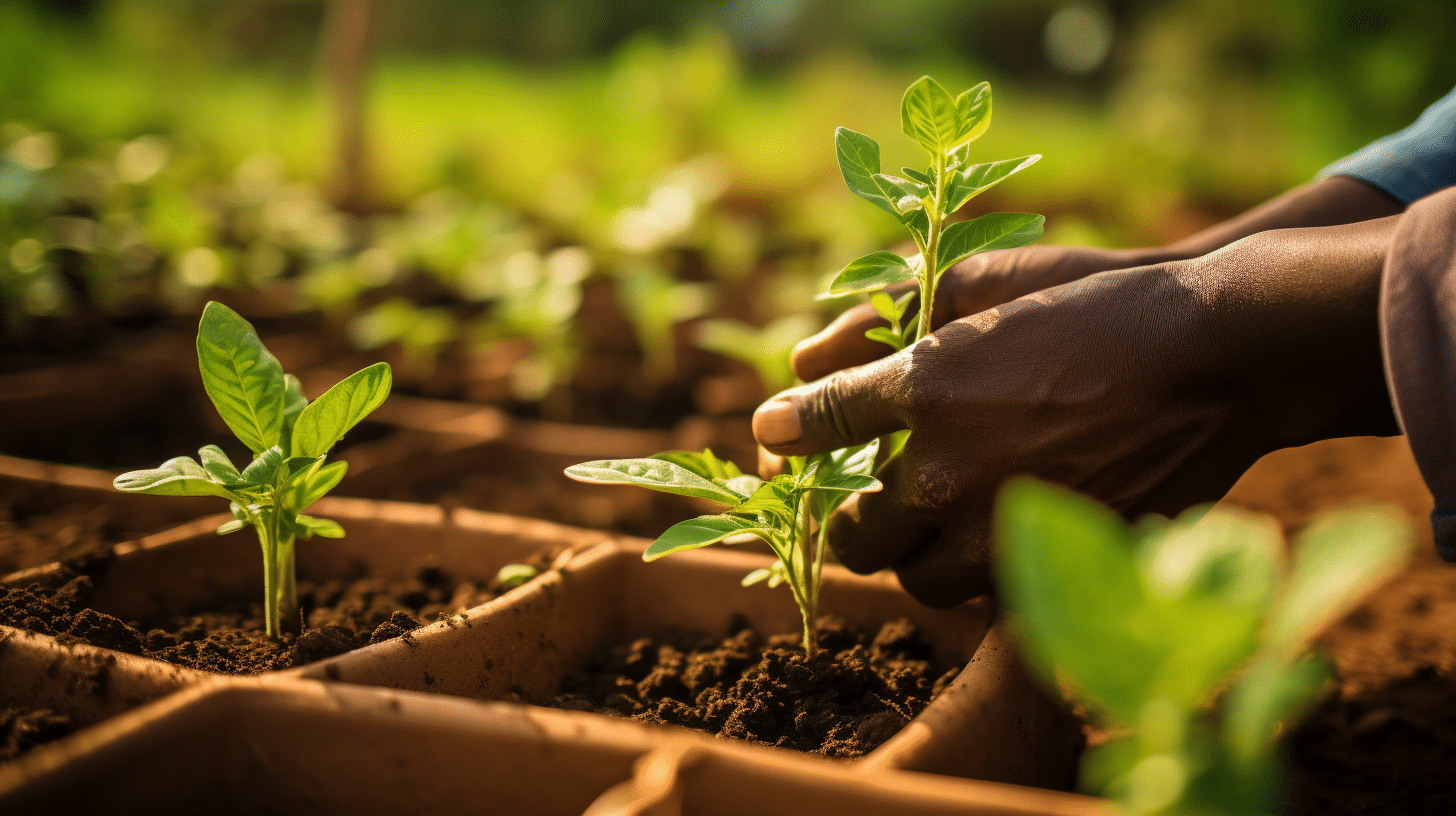Bulbils
They comprise of tiny sisal plants produced in the inflorescence almost at the end of the growth cycle of a particular plant type. They resemble the mother plant in most cases except to the fact that they are small in size. They are produced by the major branches of the sisal pole.
Splits
Plantlets that have been divided from the mother plant with complete leaves and rooting system. They are mostly used in the propagation most pasture grasses and pyrethrum materials. They are firstly raised in the nursery that is later transplanted in the main field.
Crowns and Slips
Used in the propagation of pineapple species. They are born on the top of the fruits that is later broken off and prepared well for the planting session. They are used by farmers as they give more uniform growth making the entire process to be simple and good.
Suckers
They comprise of small plants growing from the base of the main stem of plants. Have mostly adventitious roots that will often grow quickly when planted to for a new plant. Used in the propagation of banana plants.
Tubers
Comprise of underground food storage organs that are short and thick. They sprout and produce roots for growth hence preferred for propagation. Tubers are of two main recognized categories including the root and stem tubers.
Vines
Are softwood cuttings that produce roots easily upon planting to give rise to new varieties of plants? Cut from the mother plant and then directly planted in the field.



0 comments